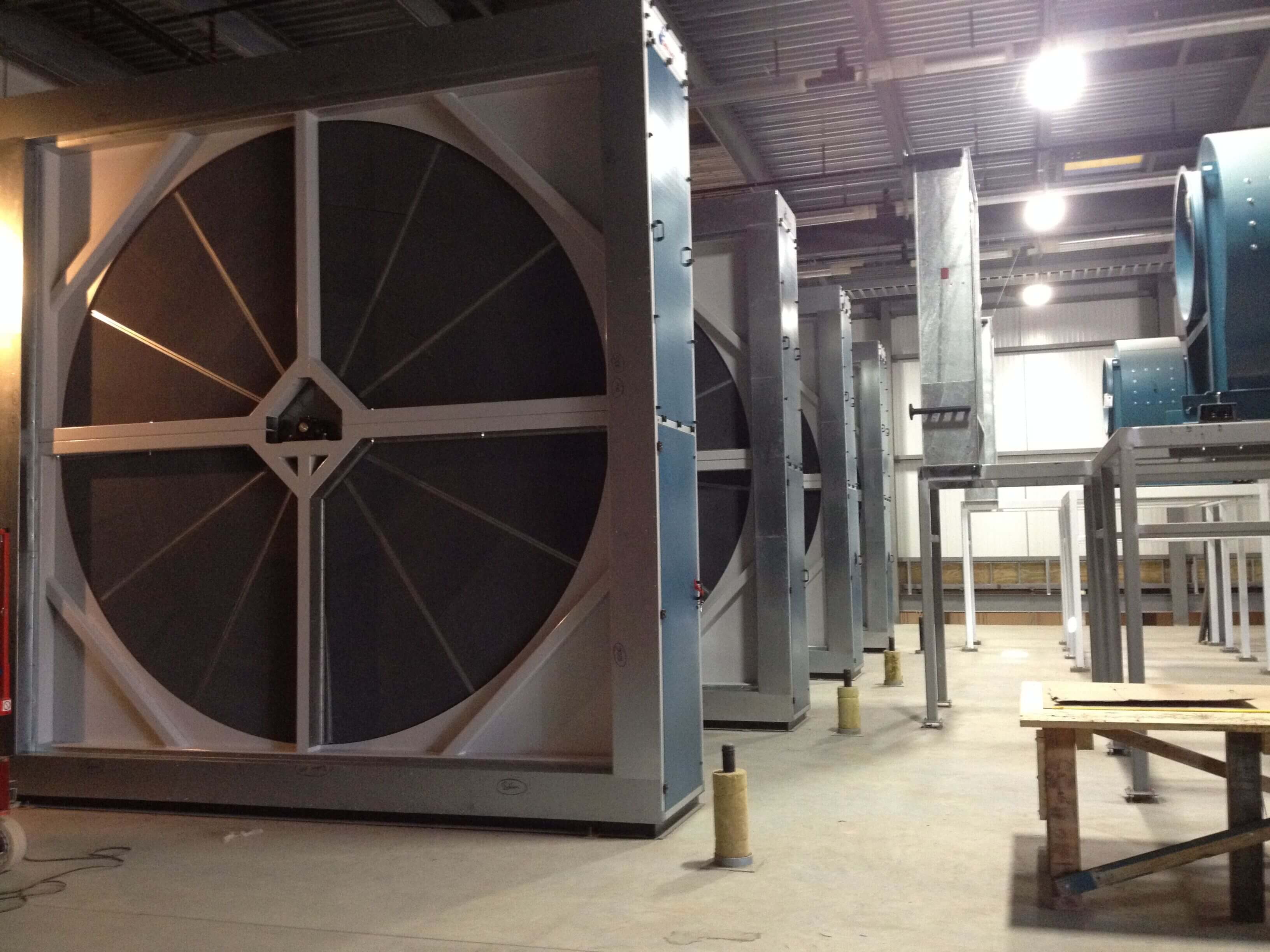
How can a Desiccant Dehumidification Unit Help Save You Energy?
October 31, 2019
Desiccant dehumidification is the process of lowering humidity conditions, but why do we need to do this in the first place? We can’t get away from ambient conditions. In the UK, the average relative humidity level comes to around 80%, which is one of the highest in the world. With a high RH (relative humidity) level such as this, it becomes necessary to combat the amount of moisture in the atmosphere for many different processes. So, how can a desiccant dehumidification unit help save you energy?
WHAT HAPPENS IN HUMID CONDITIONS?
Environmental factors can cause a whole host of issues across various industries. With climate and, more importantly, the weather becoming increasingly temperamental, it is becoming harder to plan processes without accounting for these environmental factors. Fluctuations in conditions have a huge effect on the dew point. The lower the temperature, the less moisture that air can contain: this results in condensation appearing much quicker when the temperature is lower.
In short, humidity makes work over a smorgasbord of different applications much harder, less productive and less cost-effective. Materials feel the humidity rather than temperature, and with the average RH level of 80% combined with the fact that most materials begin to show signs of moisture-related issues at an RH level above 50%, it becomes clear that this is something that needs to be combatted.
WHAT DOES DESICCANT DEHUMIDIFICATION DO?
Desiccant dehumidification utilises a silica-coated (desiccant rotor) to treat moisture-laden air. This treated air is then dispersed into the space through specifically placed ducting to maintain a dry atmosphere that will keep everything in its vicinity in the ideal environment. The unit that treats the atmosphere also constantly measures the internal RH level. This unit is only active when it is required to be based on the tolerances that have been selected during installation.
ARE THERE OTHER SOLUTIONS?
Many have used combinations of cooling, heating or ventilation to remove the moisture problem from different processes/environments. While the theory of this can sometimes be valid to an extent, it does have its faults and the reality can make the issues worse.
The main fault of a solution like heating is you are not dealing with the problem at the source. High humidity is the result of high water volumes within the air. Heating the air allows it to hold more moisture without changing the dewpoint. This becomes very costly and ineffective in a solution. To eliminate the side effects of humidity with heat, there needs to be a constantly high temperature that will negate the high RH level- this requires a huge amount of energy to power.
With ventilation, questions are raised over the air introduced to the space. If the ambient conditions around the UK are at the same level, then ventilation will have untreated, humid air replaced by more untreated air- solving nothing. Worse still could be that the air introduced has a higher moisture content and increases the issues faced.
WHY DESICCANT?
Both of the options of heating and ventilation are essentially adjusting A and B to mask C. With desiccant dehumidification, the solution is simple: deal with C. We know that materials are affected by the moisture in the air, and this is what a desiccant unit controls to very specific points. A desiccant unit handles the air in the space and passes through the internal desiccant rotor. As the air passes the desiccant rotor, the required moisture is removed and controlled to specific conditions. In doing this, close control environments can be achieved in the air from -60℃ to + 300℃ and beyond. Close control of humidity can only be achieved with close control of the moisture in the air, and a desiccant unit is the only effective technology to achieve this.
For more information on how Dehum can help with your processes across various industries, please visit http://dehum.com/applications/ or call us on 01926 882624.
For over twenty-one years, Dehum (Sorption Wheel Services Limited) has been a major supplier of humidity control systems. We are a true Engineering Company, designing, supplying and coordinating equipment installations alongside complimentary services. Our global client list spans all industries, including food & drink, pharmaceutical, nuclear, automotive, aviation, chemical processing, ice prevention/cold storage, car storage and archives.









